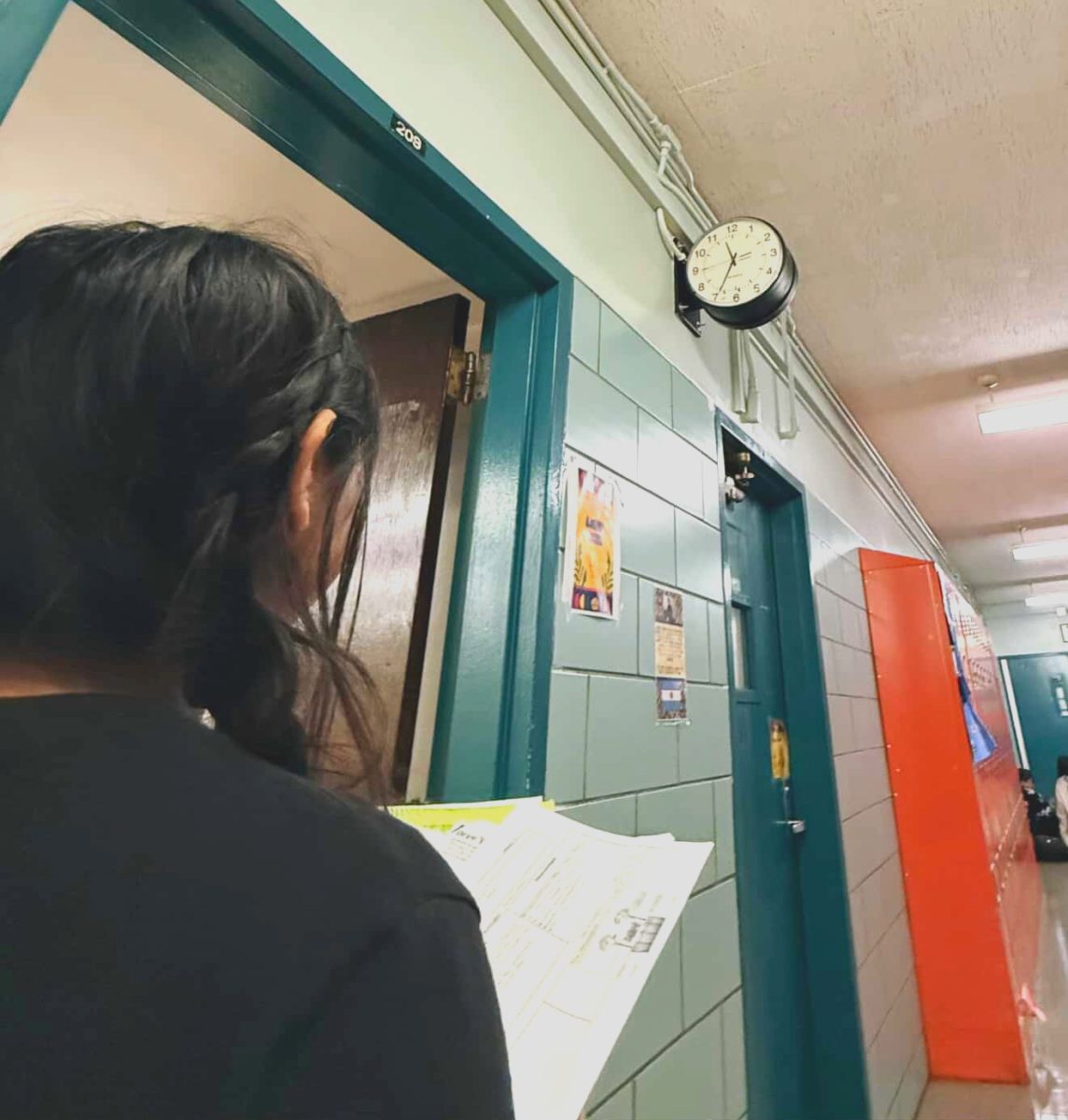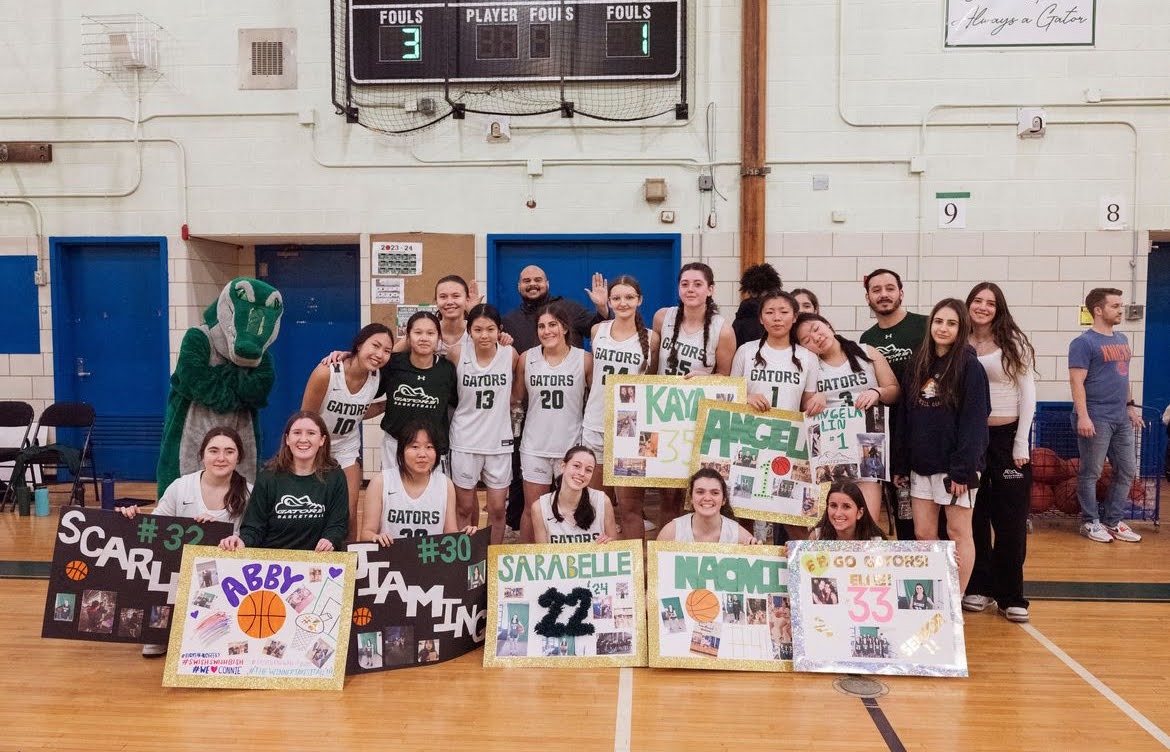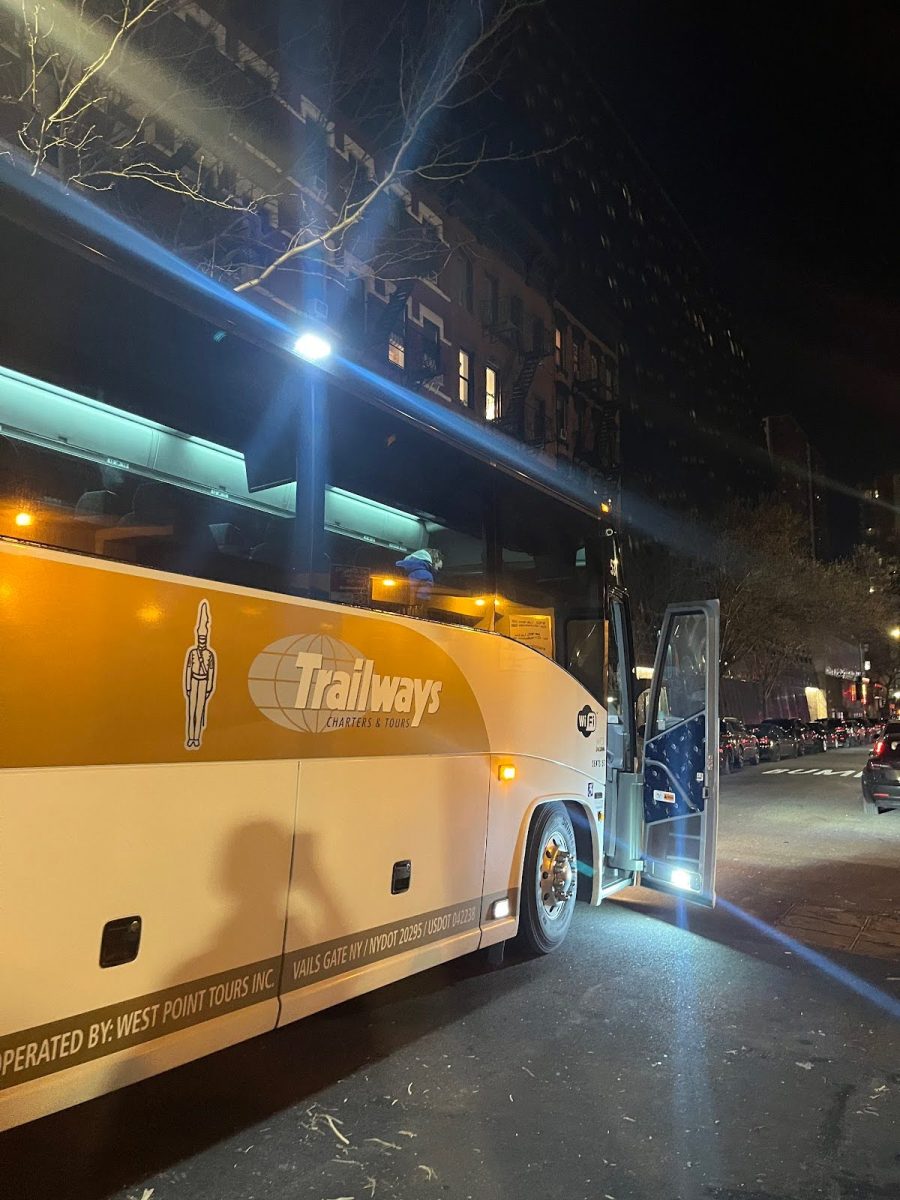The U.S. Department of Education (“the Department”) announced in a press release on Tuesday, Jan. 30, that the Free Application for Federal Student Aid, or FAFSA form, will not be delivered to colleges for the 2024-25 school year until mid-March, leaving Museum students in the dark as to when financial aid packages will be announced.
The form, a revamped application created in response to the FAFSA Simplification Act passed by Congress in 2020, experienced significant delays and challenges in its release to students and families. The FAFSA is the primary tool used by institutions of higher education for awarding financial aid, and typically opens on Oct. 1st of the preceding school year. This school year, however, the new FAFSA opened on Dec. 30th after its launch was pushed back twice by the Department. Since its release, the form had been inaccessible to Museum families, save for brief, scattered intervals of no more than a few hours per day, until it was unveiled for 24-hour service starting Monday, Jan. 8th.
While the contents of the form have been significantly abridged, with the Department auto-filling information pulled from tax filer statements by virtue of the Internal Revenue Service, and is therefore less complicated for families to complete, the form has since had several technical difficulties, such as preventing students from making changes to correct mistakes until mid-March, when the forms are delivered to schools. The new form has also failed to calculate the ‘Student Aid Index,’ the metric introduced by the Department to replace the ‘Expected Family Contribution’ present on the old form, for many students who have otherwise successfully filled it out.
The Department announced in the press release that some 3.1 million families have already successfully completed the form, yet many Museum students and families alike remain worried about the delay this will cause for the financial aid timeline, in which students typically receive financial aid awards in late-March alongside their admissions decisions, and are expected to commit to an institution by May 1.
Albin Rahman, a Museum senior who navigated the FAFSA in the first few days of its release, said, “it was borderline impossible for me to sign and access the form, even though my parents and I had already created our FSA IDs.” Rahman noted that the experience “seemed more like an act of gambling than one helping fund my college experience.”
Rahman later added that “following the 24-hour release, my experience smoothed out a little bit, as I could actually access the forms to fill them out. Despite this, I was still getting constantly signed out, having to redo the form countless times, becoming more and more infuriating which made the overall experience a nightmare.”
Even after Jan. 8th, many Museum seniors were still unable to do so much as log in. “During the 24-hour release, I wasn’t even able to open the website,” said Wiktoria Krezlewicz, another Museum senior. “I would click on the link and it would just load but never actually open up the website.”
A fellow Museum senior, Jason He, said, “it appears that if the parent was invited as a contributor, and they sign their application, it submits the entire application regardless of whether the student has completed or signed their application.” When asked about these technical difficulties, He said that “issues like those only paint the Department of Education as incompetent for not properly testing their tools prior to launching a tool for over 3.1 million users.”
Ms. Ortiz, Museum’s College Counselor, who has been on the front lines helping applicants submit documentation and coordinating with families, said, “in many instances, for families in which the parents don’t understand English or work crazy hours, I complete the FAFSA with their students. Usually, with parental consent and them on the phone, I create their accounts and input their information, but it’s impossible.” Ms. Ortiz continued, “We have students with parents who are undocumented or are residents, and that’s not working yet, nor is it expected to work anytime soon.”
According to Ms. Ortiz, the delays are expected to significantly set the entire financial aid timeline back. “I’ve already received the first and second of many schools that are going to be shifting their decision day to June 1st, or possibly even July,” said Ms. Ortiz. “Students can’t make a decision unless they receive all of their financial aid packages, and it would be unfair for some schools to be able to give that response and not others.”
Maria Bache, the parent of a Museum senior who filled out the FAFSA as a contributor for her son, said, “I hear from friends with older kids that this version is much simpler and quicker than the previous version. It seemed clear in terms of the questions, but the main issue has been the execution of the rollout, and the inaccurate financial calculations.” Bache agrees that “if you are choosing between schools that meet needs, it’s vital to know whether you’ll be getting any financial aid in addition to any merit aid, but we just don’t know at the moment. It prolongs an already long and circuitous journey, just when you thought you had done everything.”
While the federal government works to correct these issues on their end, Ms. Ortiz said, “I would advise [families] to wait another week or two, try then, and to focus on other things, preferably something to do with self-care before trying to tackle it.” Ms. Ortiz added, “it’s just really not worth trying to work on something that doesn’t seem to be a priority for the government to fix.”
































